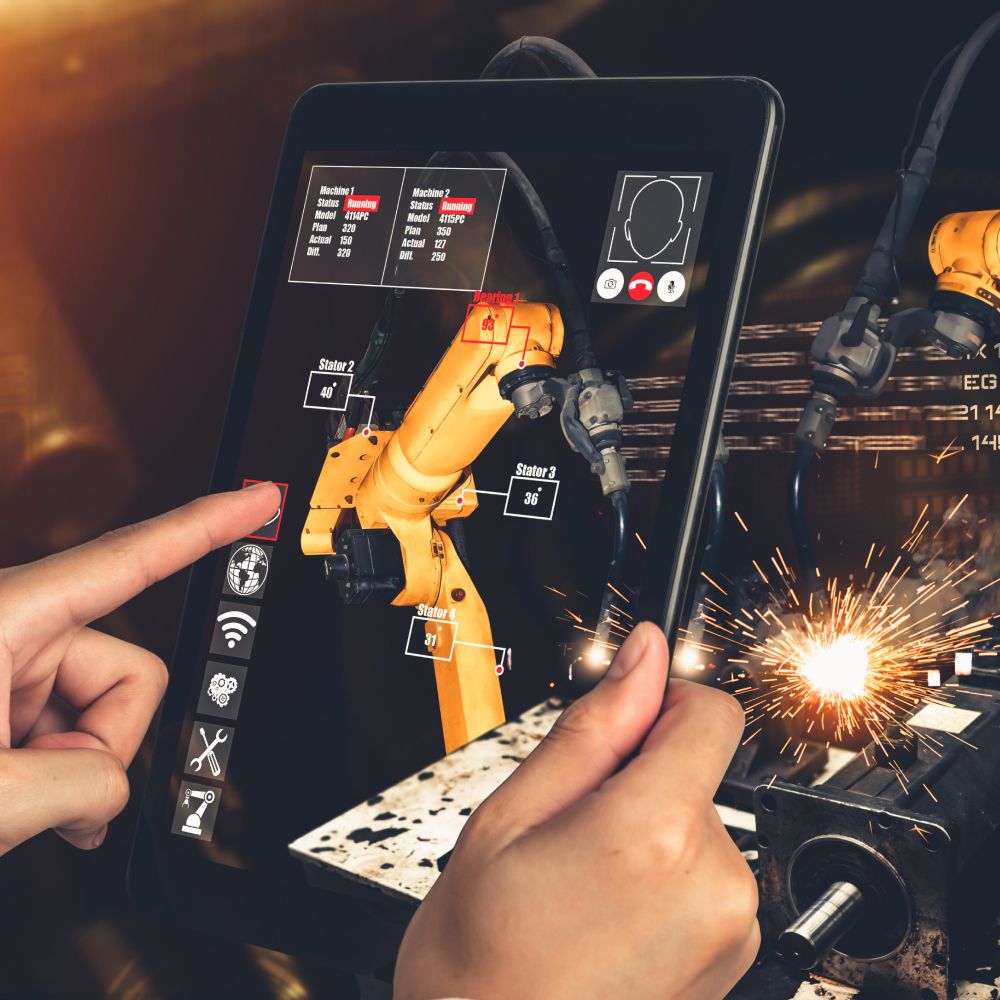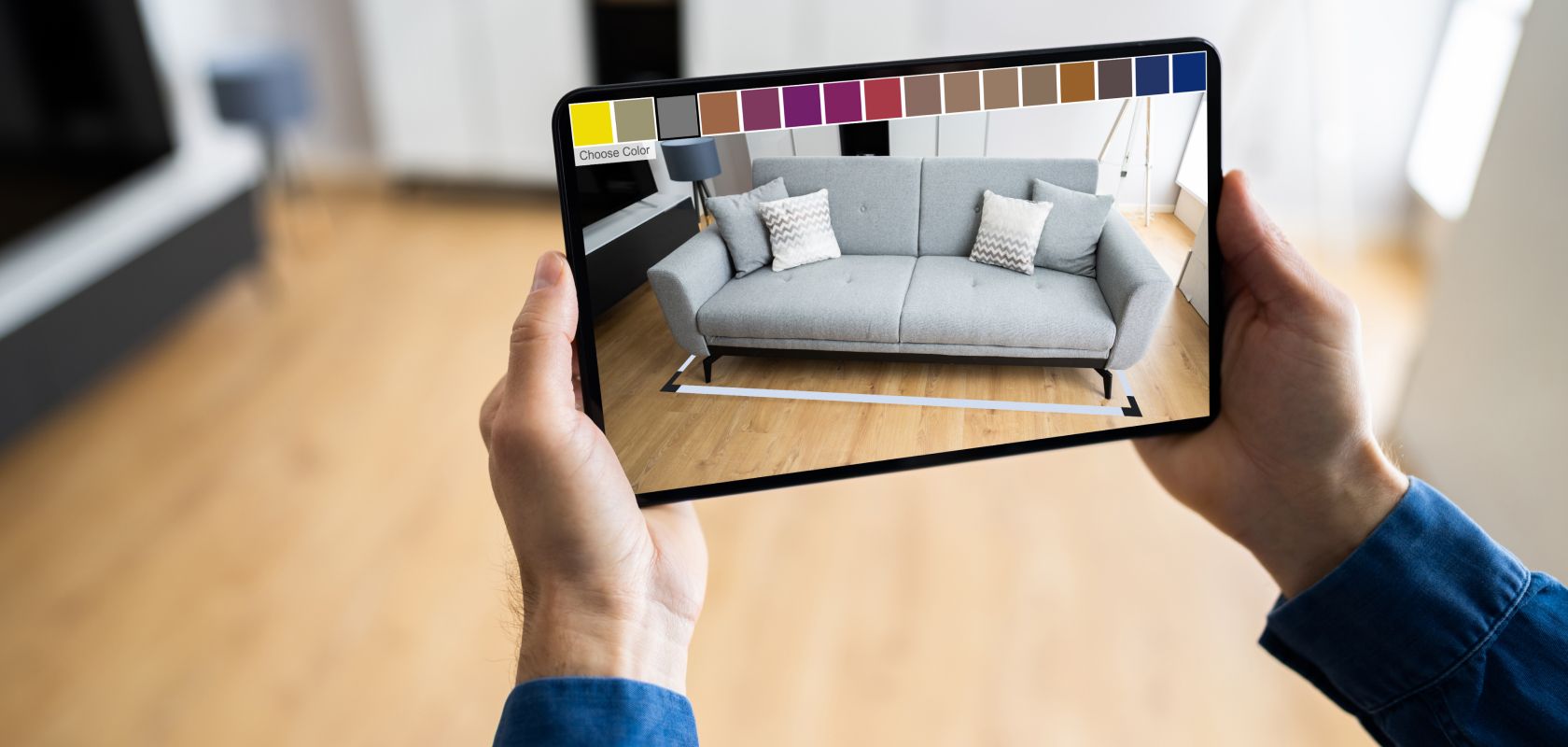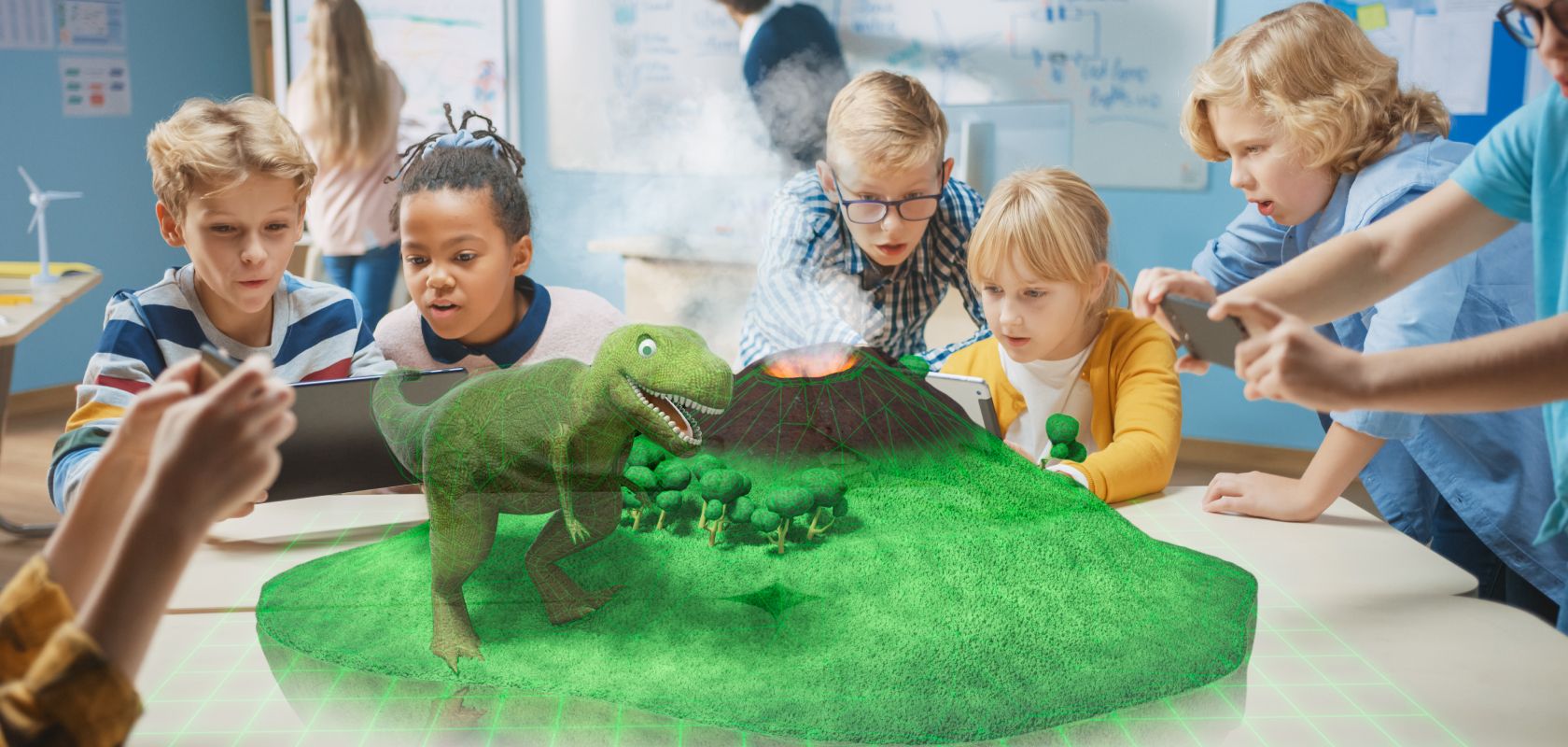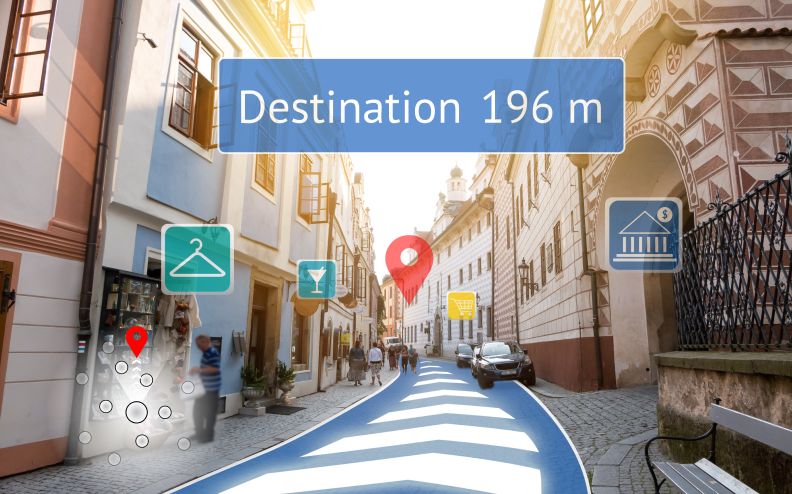Augmented Reality (AR) is a technology that sits under the umbrella term Extended Reality (XR). Extended Reality encompasses three critical reality bending/immersing technologies, which are: Virtual Reality (VR), Mixed Reality (MR) and Augmented Reality (AR).
While Virtual Reality technology has the capacity of creating a whole new virtual world for users to digitally inhabit and also interact with other users inside the experience, techs like MR and AR offer somewhat of a mixture between real-life elements and digitally generated ones.
What is Augmented Reality
Augmented reality (or AR) is a technology that delivers a visual overlay of digital objects into the real world through hardware devices. This technology enhances the user’s perception of reality by implementing virtual objects for multiple use cases: from entertainment and manufacturing to healthcare and military training. The most iconic use case of AR is a mobile game called Pokémon GO. Pokémon GO was released in 2016 and swiftly became a world-wide sensation across users from different generations.
How Does Augmented Reality Work?
Augmented reality makes use of highly advanced technologies to deliver engaging visual combinations of digital objects and real-world elements. For instance, it leverages computer vision, localization, mapping, and depth tracking.
AR is reliant on hardware devices like smartphones, tablets, or smart glasses. These devices allow the super-imposition of digital 3D objects on the physical environment where the smartphones, tablets or smart glasses are looking towards. For this process to work properly, AR relies on specific resources. For instance, sensors and special cameras are responsible for collecting the required data on the real environment where the digital 3D object will be placed; and Artificial Intelligence (AI) can improve the AR experience by enabling voice commands and accelerating data processing.
Tools for a Complete AR Experience
Augmented reality is reliant on hardware devices to support the user experience:
Smart Phones
Smart Tablets
Glasses
Popular Use Cases for Augmented Reality
Augmented reality technology has significant advanced over the past decade, becoming a critical tool across industries. From employee training and showcasing of products to creating engaging customer experiences, AR is disrupting traditional workflows creating tremendous value.
This technology has also been extensively used for informational and educational purposes, as well as to create new forms of entertainment, may they be indoor or outdoor, in sports stadiums, shopping malls, stores, streets, and more.
Some of the most popular cases for AR include:
Gaming
Mobile games integrated with AR capabilities have become very popular. They allow for digitally immersive experiences that are still attached to reality.
Entertainment
Augmented reality is being applied in sports stadiums, giving sports fans interactive animated presentations that create engagement and excitement.
Customer Experiences
AR allows shoppers to virtually-try-on items of clothing and accessories before buying them, from the comfort of their homes. Augmented reality also gives the ability to see household items like furniture or white goods within the shopper’s home. In recent times, this has become a critical tool for online retailers and merchants.
Navigation
Augmented reality is a powerful feature for navigations systems, making the experience simpler and more engaging. AR can provide visual signaling and provide real-time information, assisting users to arrive faster to their destinations.
Employee Training
AR has strong applications across training scenarios. By providing real-time instructions and suggestions, it allows trainees to gain in-depth knowledge and expertise while practicing. It becomes critical in high-risk scenarios where on-the-job training can’t be avoided.











